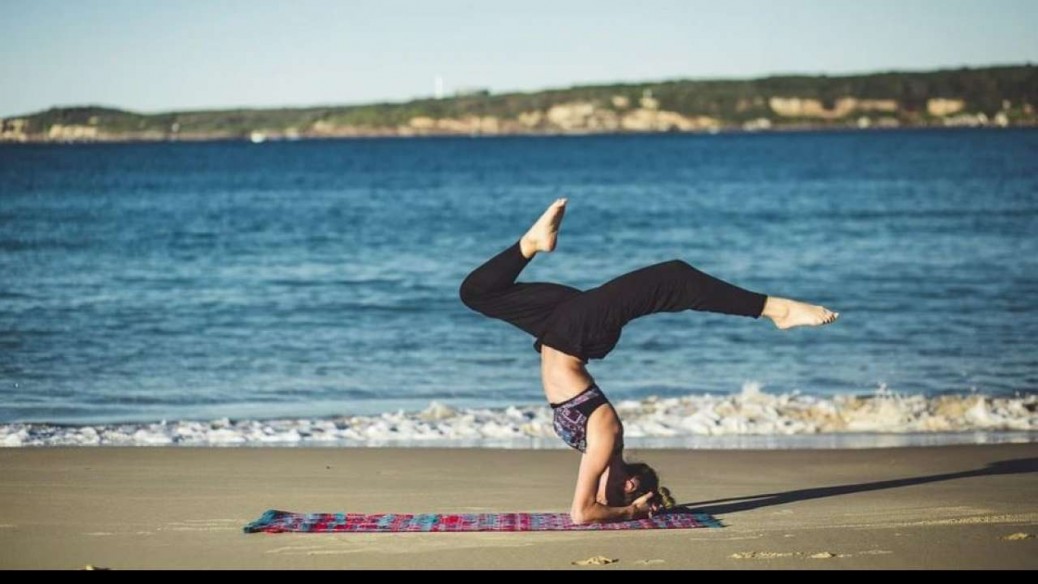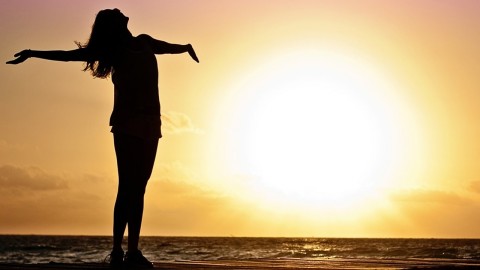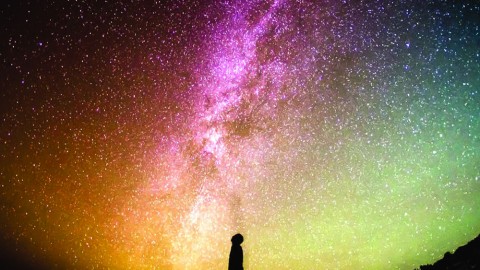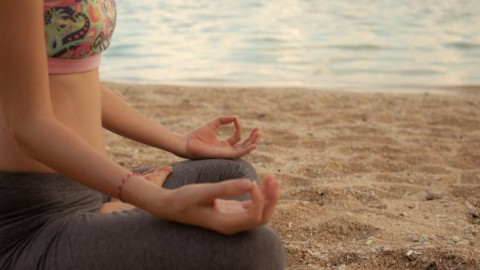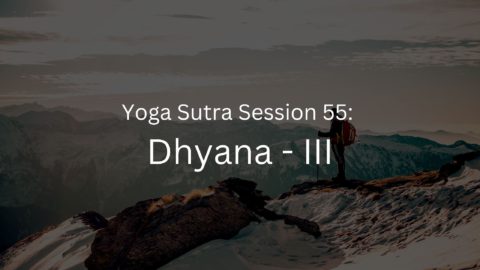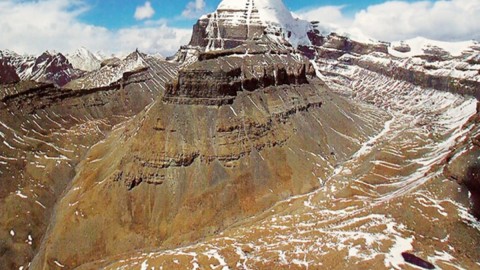After asan comes breath regulation, pranayam. Watch for a few days and just take notes: when you become angry what is the rhythm of your breathing – whether exhalation is long or inhalation is long or they are the same, or inhalation is very small and exhalation very long, or exhalation very small, inhalation very long. Just watch the proportion of inhalation and exhalation.
When you are sexually aroused, watch, take a note. When sometimes sitting silently and looking at the sky in the night, everything is quiet around you. just take note of how your breath is going. When you are feeling filled with compassion, watch, note down. When you are in a fighting mood, watch, note down. Just make a chart of your own breathing. and then you know much.
And pranayam is not something which can be taught to you. You have to discover it because everybody has a different rhythm to his breathing.
Everybody’s breathing and its rhythm is as much different as thumbprints.
Breathing is an individual phenomenon. You have to discover your own rhythm. Your rhythm may not be a rhythm for somebody else, or may be harmful for somebody else. Your rhythm – you have to find.
And that is not difficult. There is no need to ask any expert. Just keep a chart for one month of all your moods and states. Then you know which is the rhythm where you feel most restful, relaxed, in a deep let-go; which is the rhythm where you feel quiet, calm, collected, cool; which is the rhythm when, suddenly, you feel blissful. Filled with something unknown, overflowing – you have so much in that moment, you can give to the whole world and it will not be exhausted. Feel and watch the moment when you feel that you are one with the universe, when you feel the separateness is there no more, a bridge. When you feel one with the trees and the birds. and the rivers and the rocks, and the ocean and the sand – watch. You will find that there are many rhythms of your breath, a great spectrum: from the most violent, ugly, miserable hell-type, to the most silent heaven-type.
And then when you have discovered your rhythm, practice it – make it a part of your life. By and by it becomes unconscious; then you only breathe in that rhythm. And with that rhythm your life will be a life of a yogi: you will not be angry, you will not feel so sexual, you will not feel so filled with hatred.
Suddenly you will feel a transmutation is happening to you.
Pranayam is one of the greatest discoveries that has even happened to human consciousness. Compared to pranayam, going to the moon is nothing. It looks very exciting, but it is nothing, because even if you reach to the moon, what will you do there? Even if you reach the moon you will remain the same. You will do the same nonsense that you are doing here. Pranayam is an inner journey.
And pranayam is the fourth – and there are only eight steps. Half the journey is completed on pranayam. A man who has learned pranayam, not by a teacher – because that is a false thing, I don’t approve of it – but by his own discovery and alertness, a man who has learned his rhythm of being, has achieved half the goal already. Pranayam is one of the most significant discoveries.
And after pranayam, breath regulation is pratyahara, abstraction. Pratyahara is the same as the “repent” of Christians is, in fact, in Hebrew “return” – not repent but return, going back. The toba of Mohammedans is nothing; it is not “repenting.” That too has become colored with the meaning of repentance; toba is also returning back. And pratyahara is also returning back, coming back – coming in, turning in, returning home. After pranayama that is possible – pratyahara – because pranayam will give you the rhythm. Now you know the whole spectrum: you know in what rhythm you are nearest to home and in what rhythm you are farthest from yourself. Violent, sexual, angry, jealous, possessive, you will find you are far away from yourself; in compassion, in love, in prayer, in gratitude, you will find yourself nearer home. After pranayam, pratyahara, return, is possible. Now you know the way – then you already know how to step backwards.
Then comes dharana. After pratyahara, when you have started coming back nearer home, coming nearer your innermost core, you are just at the gate of your own being. Pratyahara brings you near the gate; pranayam is the bridge from the out to the in. Pratyahar, returning, is the gate, and then is the possibility of dharana, concentration. Now you can become capable of bringing your mind to one object. First, you gave direction to your body; first, you gave direction to your life energy – now you give direction to your consciousness. Now the consciousness cannot be allowed to go anywhere and everywhere. Now it has to be brought to a goal. This goal is concentration, dharana: you fix your consciousness on one point.
When consciousness is fixed on one point thoughts cease, because thoughts are possible only when your consciousness goes on wavering – from here to there, from there to somewhere else. When your consciousness is continuously jumping like a monkey, then there are many thoughts and your whole mind is just filled with crowds – a marketplace. Now there is a possibility – after pratyahara, pranayam, there is a possibility – you can concentrate on one point.
Tags: Dharana Fifth Step Fourth Step Pranayam Pratyahara Six Step
